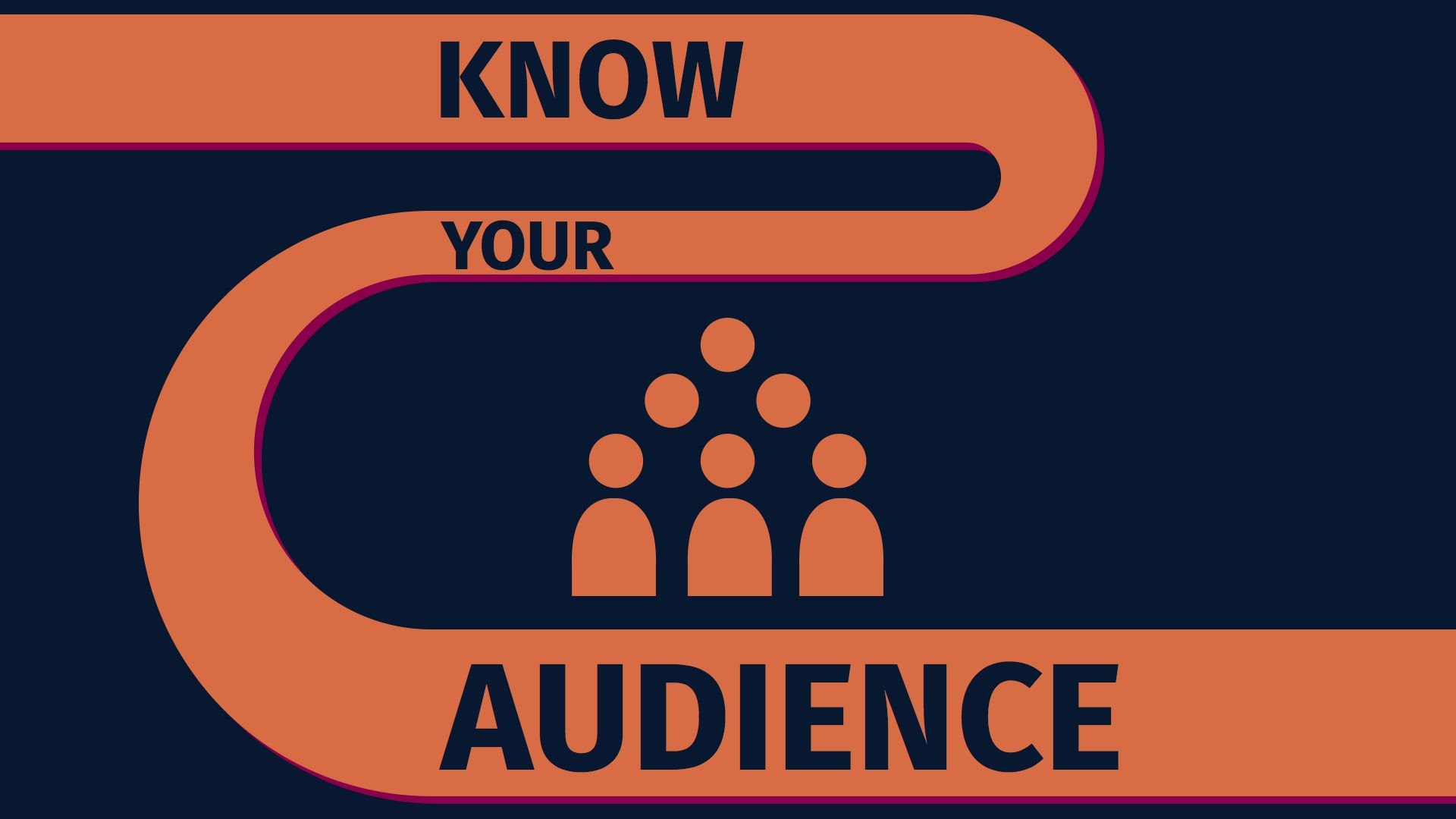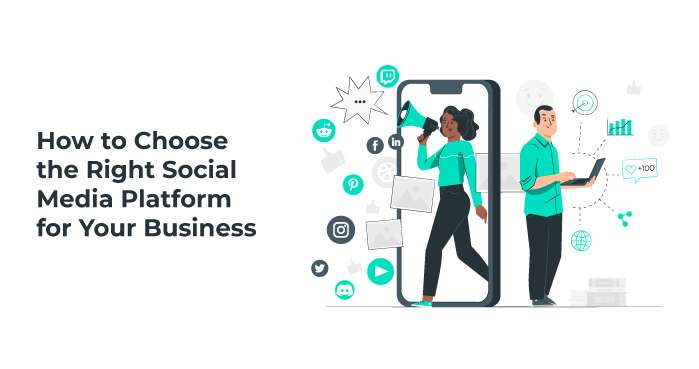How to Use Social Media to Grow Your Business
Social media has become a vital component of a business's marketing strategy. It is an effective tool for building brand awareness, engaging with customers, and driving sales. However, not all businesses know how to use social media to grow their brand effectively. In this blog, we will discuss some tips on how to use social media to grow your business.
1. Define your objectives
The first step in developing an effective marketing strategy is to define your objectives. Your goals should be SMART (specific, measurable, achievable, relevant, and time-bound). They should also be consistent with your overall business objectives and provide a clear path to achieving them.
Begin by identifying the key areas of your business that you want to improve or grow in order to define your objectives. This could include increasing sales, raising brand awareness, broadening your customer base, or introducing a new product or service.
Next, set specific, measurable goals to help you achieve these broader goals. For example, if your goal is to increase sales, you might set a target of increasing revenue by a certain percentage within a certain timeframe.
Determine the metrics you will use to measure progress and success after you have established your goals. Website traffic, social media engagement, email open rates, and sales revenue are all examples of this.
It's also critical to consider the resources and budget needed to achieve your goals. Make sure you have the resources and budget in place to effectively execute your marketing strategy and achieve your goals.
You can develop a targeted marketing strategy that is focused on achieving measurable results by defining clear, specific objectives that align with your business goals. This can help you improve the effectiveness of your marketing efforts, strengthen your customer relationships, and ultimately drive long-term success for your business.
2. Know your audience
Knowing your target audience is essential for developing effective marketing campaigns and strong customer relationships. You can improve the overall effectiveness of your marketing efforts by understanding your target audience and tailoring your messaging, content, and promotions to their needs, interests, and preferences.
To get to know your target audience, conduct research and collect data on their demographics, behaviour, and interests. This can include using tools such as surveys, social media analytics, and customer feedback to learn about their preferences, pain points, and purchasing habits.
When getting to know your audience, consider their age, gender, location, income, education level, and occupation. Consider their hobbies, interests, and values, as well as their preferred communication channels and purchasing habits.
Once you understand your target audience, you can start tailoring your marketing efforts to their needs and preferences. This can include creating content that speaks directly to their pain points and concerns, offering promotions and discounts that correspond to their purchasing behaviour, and using language and messaging that speaks directly to their pain points and concerns.
3. Choose the right platforms
Selecting the right platforms to promote your company is critical for increasing your reach and engagement with your target audience. With so many social media platforms and online channels to choose from, it's critical to consider which ones align with your business goals, target audience, and content strategy.
Your target audience is an important factor to consider when selecting the right platforms. Because different demographics use different social media platforms, it's critical to research which platforms your target audience uses and tailor your strategy accordingly.
Another important consideration is the type of content you intend to create and share. Some platforms, like Instagram, are more visual and ideal for sharing photos and videos, whereas others, like Twitter, are more focused on short-form text content. You should select platforms that are compatible with the type of content you intend to create and that allow you to effectively showcase your brand and engage with your audience.
When selecting the right platforms, keep your business goals in mind. If you want to raise brand awareness, you should concentrate on platforms with a large user base, such as Facebook or YouTube. If driving traffic to your website is your goal, you should concentrate on platforms that allow you to include links in your posts, such as Twitter or LinkedIn.
Finally, the key to selecting the right platforms is to research and test various options to determine which are most effective for your business. You can maximise your reach, engagement, and conversions and achieve long-term success for your business by focusing on platforms that align with your target audience, content strategy, and business goals.
4. Create quality content
To create high-quality content, you must first understand your target audience's needs, interests, and pain points. This can help you create content that speaks to them and adds value to their lives.
One important aspect of creating quality content is ensuring that it is search engine optimised. Using relevant keywords, optimising headlines and meta descriptions, and including internal and external links to other relevant content are all part of this process.
In addition to optimising your content for search engines, make sure it's visually appealing and easy to read. This can be accomplished by incorporating images, videos, infographics, and other visual elements, as well as breaking up text into shorter paragraphs and employing bullet points or numbered lists.
Another critical aspect of producing high-quality content is effectively promoting it. Sharing it on social media, including it in email newsletters, and reaching out to influencers or other websites to see if they would be interested in sharing your content with their followers are all examples of ways to do so.
Overall, creating high-quality content is an essential component of establishing a strong and successful online presence. You can attract new followers, drive engagement and conversions, and establish yourself as a trusted and authoritative source in your industry by focusing on providing value to your audience, optimising your content for search engines, and effectively promoting it.
5. Engage with your audience
Engaging your audience is an important part of developing and sustaining a strong relationship with your customers or followers. When you interact with your audience, you demonstrate that you value their ideas, feedback, and experiences, as well as your willingness to listen to and respond to their needs.
Social media is an effective way to engage your audience. Respond to comments and messages, solicit feedback or opinions on your products or services, and share user-generated content. This not only allows you to connect with your audience, but it also increases your visibility and reach on social media platforms.
It's also important to interact with your audience in person, if possible. Attending trade shows or conferences, hosting events, or conducting surveys or focus groups to get direct feedback from your customers are all possibilities.
Overall, engaging your audience is critical for developing a strong and loyal customer base, raising brand awareness, and driving sales. By actively listening to and responding to your audience's needs, you can leave a positive and lasting impression that will benefit your business in the long run.
6. Utilize paid advertising
Paid advertising can be a powerful tool for promoting your products or services and reaching a larger audience. Paid advertising entails paying for ad space or placement on various platforms such as social media, search engines, or websites.
The ability to target specific audiences based on demographics, interests, behaviour, and other factors is one of the advantages of paid advertising. This allows you to reach the people most likely to be interested in what you have to offer while also maximising your advertising budget.
However, it's important to note that paid advertising can be costly, so make a budget and stick to it. Furthermore, before launching any advertising campaign, it is critical to have a clear strategy and target audience in mind.
Overall, paid advertising can be a powerful tool for businesses looking to increase visibility, traffic, and sales.
7. Measure your success
Measuring your social media marketing efforts is critical for determining what works and what needs to be improved. You should monitor your follower growth, engagement rates, website traffic, and conversion rates. This will allow you to determine what is working and what needs to be improved, and then adjust your strategy accordingly.
Finally, social media can be an effective tool for growing your business. You can use social media to drive sales and build your brand's reputation by defining your objectives, knowing your audience, selecting the right platforms, creating quality content, engaging with your audience, using paid advertising, and measuring your success. Remember that social media success takes time and effort, but with the right strategy, you can meet your business goals while also growing your brand.








